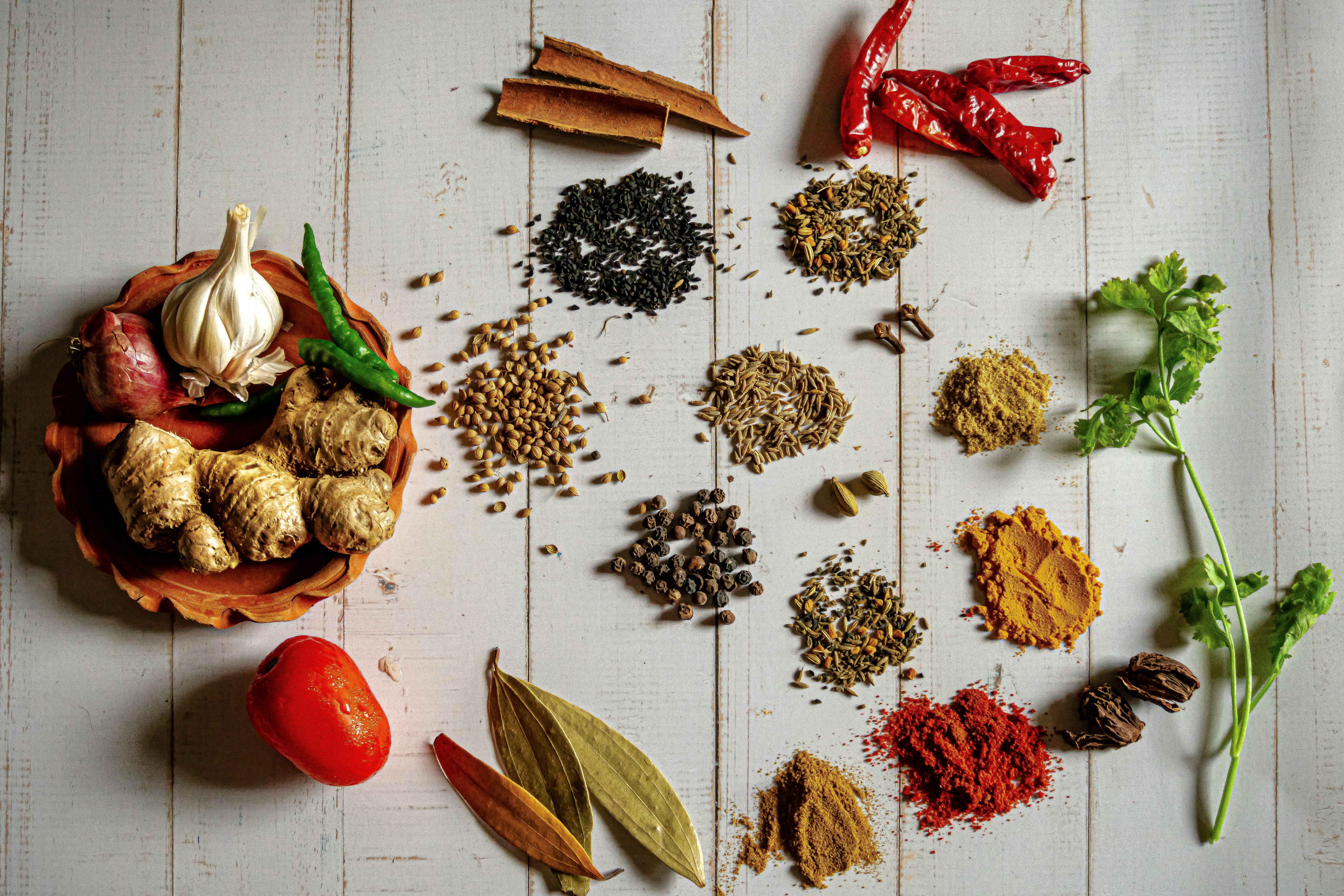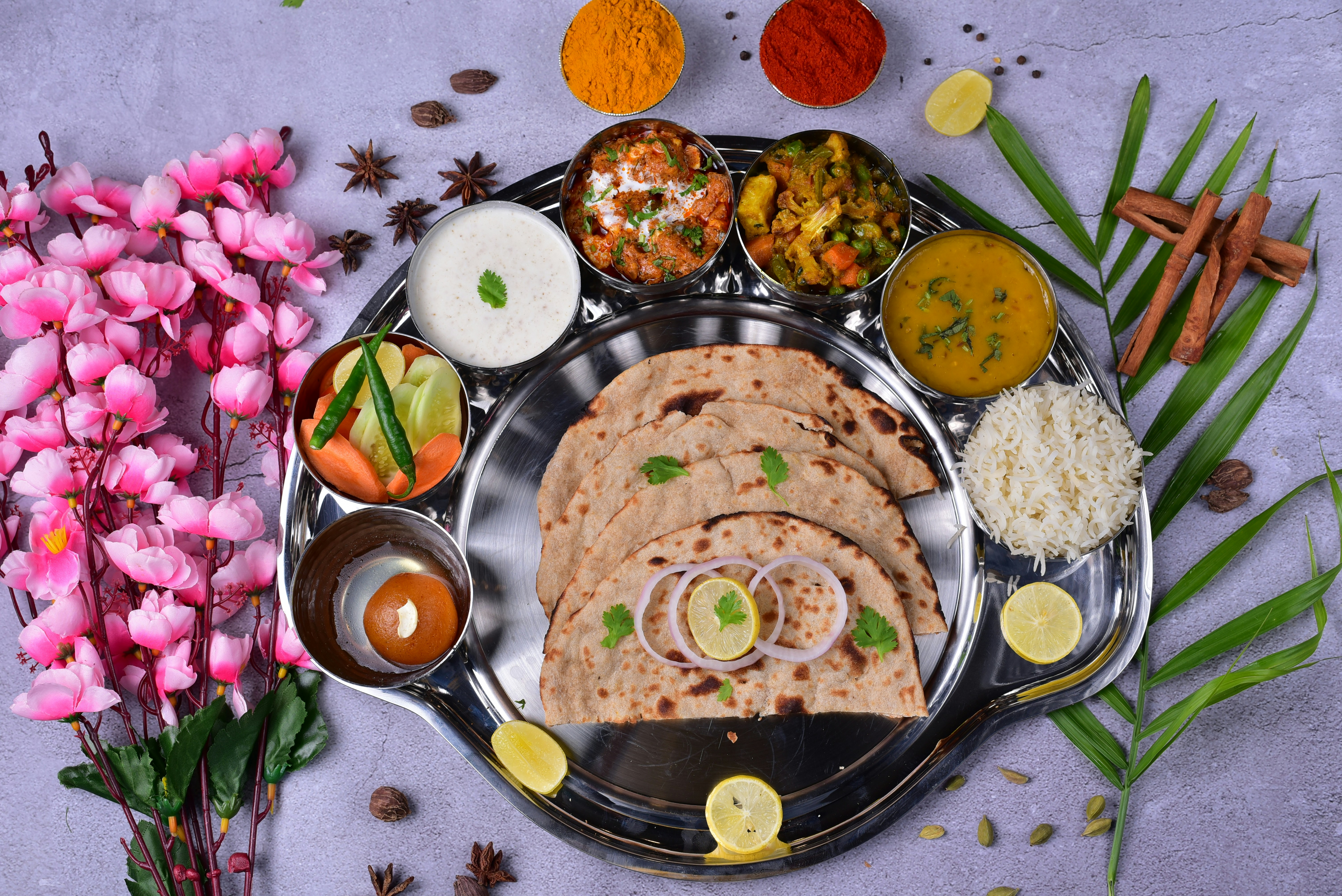
Essential Indian Spices: A Visual Guide for Newcomers

The vibrant colors, enticing aromas, and complex flavors of Indian cuisine all stem from one primary source: spices. For newcomers to Indian food, understanding these spices can transform your dining experience from simply eating to truly appreciating the culinary artistry on your plate. This comprehensive guide will introduce you to the essential spices that form the backbone of Indian cooking, helping you identify them visually and understand their unique contributions to the dishes you enjoy.
The Foundation: Understanding Indian Spices
Indian cuisine uses spices not merely for heat, but primarily for flavor, aroma, color, and even medicinal properties. A typical Indian kitchen might contain 20-30 different spices, but mastering just a handful will help you understand most dishes you encounter.
Before diving into individual spices, it’s important to understand a few key concepts:
Whole vs. Ground Spices
Many Indian spices are used in both whole and ground forms, each serving different purposes:
- Whole spices are often tempered in hot oil at the beginning of cooking (a process called “tadka” or “chaunk”) to release their essential oils and aromas
- Ground spices are typically added during cooking to infuse their flavors throughout the dish
Spice Blends
While individual spices are important, many Indian dishes rely on spice blends:
- Garam Masala - A warming spice mix typically containing cinnamon, cardamom, cloves, cumin, coriander, and black pepper
- Curry Powder - Not traditionally Indian but a British invention, containing turmeric, coriander, cumin, fenugreek, and other spices
- Chaat Masala - A tangy, savory blend used for snacks and appetizers
The Essential Indian Spices: Visual Identification and Flavor Profiles
Cumin (Jeera)
Visual Identification: Small, oblong seeds with ridges, light brown in color. Ground cumin is a dull brown powder.
Flavor Profile: Earthy, nutty, slightly bitter with a warm aroma. Cumin has a distinctive flavor that’s instantly recognizable in Indian cuisine.
Common Uses: Cumin is one of the most commonly used spices in Indian cooking. It’s often the first spice added to hot oil when starting a dish. It features prominently in dishes like jeera rice, dal (lentil dishes), and most curry bases.
How to Identify in Restaurant Dishes: Look for small brown seeds in your rice dishes or at the base of curries. The earthy aroma is unmistakable once you’re familiar with it.
Coriander (Dhania)
Visual Identification: As seeds, they’re small, round, and light brown or tan. Ground coriander is a fine, pale yellow-brown powder.
Flavor Profile: Citrusy, slightly sweet with floral notes. Much milder than cumin, coriander adds a delicate complexity rather than dominating a dish.
Common Uses: Ground coriander is used in almost all curry powders and spice blends. It’s essential in dishes like samosas, vegetable curries, and chutneys.
How to Identify in Restaurant Dishes: Coriander’s flavor is subtle but adds depth. It’s harder to visually identify once ground, but its citrusy notes complement the earthiness of cumin in many dishes.
Turmeric (Haldi)
Visual Identification: Bright yellow-orange powder. Fresh turmeric looks like ginger but with a vibrant orange interior.
Flavor Profile: Earthy, slightly bitter with a musky aroma. Turmeric’s flavor is mild, but it adds significant color.
Common Uses: Turmeric gives many Indian dishes their characteristic yellow color. It’s used in almost all curries, rice dishes like biryani, and has significant use in Ayurvedic medicine for its anti-inflammatory properties.
How to Identify in Restaurant Dishes: Any yellow-colored Indian dish likely contains turmeric. It’s particularly visible in yellow dal, biryani, and many curry sauces.
Cardamom (Elaichi)
Visual Identification: Green cardamom pods are small, light green, and triangular with ridges. Black cardamom pods are larger, dark brown to black, and more wrinkled. Inside both are tiny black seeds.
Flavor Profile: Green cardamom has an intensely aromatic, slightly sweet flavor with citrus and mint notes. Black cardamom has a smoky, camphor-like flavor.
Common Uses: Green cardamom is used in both sweet and savory dishes, including biryani, pulao (rice dishes), and desserts like kheer (rice pudding). It’s also a key ingredient in masala chai (spiced tea). Black cardamom is used primarily in savory dishes for its smoky flavor.
How to Identify in Restaurant Dishes: You might find whole green cardamom pods in your biryani or pulao. The pods are edible but often set aside rather than eaten whole.
Common Spice Combinations and What They Contribute to Dishes
Understanding how spices work together can help you appreciate the complexity of Indian cuisine:
The Curry Base Trio: Cumin, Coriander, and Turmeric
This fundamental combination forms the base of countless Indian dishes. Cumin provides earthiness, coriander adds citrusy notes, and turmeric contributes color and subtle bitterness. When you taste an Indian curry, these three spices are almost always present, creating the foundation upon which other flavors are built.
The Aromatic Warming Blend: Cinnamon, Cardamom, and Cloves
These spices add warmth, sweetness, and complexity to dishes. They’re key components of garam masala and are particularly important in North Indian cuisine. You’ll find them in rich dishes like biryani, pulao, and creamy curries. They create the aromatic quality that makes Indian cuisine so distinctive.
Pro Tip: Identifying Spices in Restaurant Dishes
When dining out, look for visual cues like whole spices in rice dishes, yellow coloration from turmeric, or red-tinted oil from chili powder. With practice, you’ll be able to identify specific spices by their distinctive aromas and flavors.
Related Articles

Decoding the Indian Restaurant Menu: Terms and Dishes Explained
Confused by unfamiliar terms on Indian menus? This comprehensive guide explains common dishes, cooki...

North vs. South: Understanding the Two Major Indian Cuisine Styles
Explore the distinct differences between North and South Indian cuisines, from ingredients and cooki...